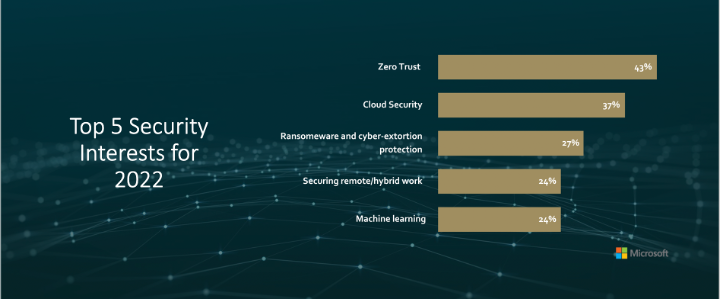
Cybersecurity is a fast-evolving sector and likely what you planned for last year won’t work for 2023.
As security and risk management leaders handle the recovery and renewal phases from the past two years and begin cybersecurity planning for 2023, they must consider forward-looking strategic planning when allocating resources and selecting services.
In this post you will learn where to focus your 2023 security strategy, trends in the industry and how to create a plan that will get the “yes you want from your board of directors.
Where Do I Start?
The planning process should start with identifying regulatory requirements and a cybersecurity risk assessment. Assessing the current state of your organizations security posture establishes a baseline for your security plan and can identify gaps in your capabilities that should be addressed in the new plan. A good cybersecurity program will be designed using regulatory procedures and industry compliance standards to define how to conduct the program.
This is the best starting point for your new plan as it helps gain insight into your current plan and provides frameworks to guide your new security strategy.
What is The Most Important Thing Protect?
One of the most basic factors for security planning that is often avoided or overlooked is identifying what exactly you are trying to protect. Or your crown jewel data.
This is often because identifying your business’s crown jewels is a key pain point for many security departments. Most likely because this is not a security question, and they can change as your company grows and develops. This is a company question, or The Board of directors’ question if you will and therefore should be the first thing you address in your planning.
To identify your crown jewels, you need to think about your company as a whole. For example, think about why you lock the doors to your house and what you are really trying to protect when you are gone. This will not only help you identify what you are trying to protect but how you can better protect it. Maybe you don’t need to just be locking the door, you also need to secure the windows or lock down the cameras.
Your company will never truly understand the risk of security breaches pose until you determine how losing the crown jewels will negatively impact the organization. Identifying this is the perfect opportunity to start a conversation about cybersecurity at the Board level.
Get help having these tough conversations with Difenda Professional Services.
How is The Security Landscape Changing in 2023?
The increased digitization of the workforce over the past decade, coupled with economic uncertainty ahead in 2023 makes your company data more vulnerable than ever. 2023 will likely spur an increase in cyber threats, attacks, and breaches, especially for organizations with outdated or legacy technologies as their core infrastructure, but also for businesses with unprotected remote devices.
The security landscape will face the emergence of three new security threats:
- Increased Internal Threats
- The Emergence of Amateur Threat Actors
- Increased Distraction & Lack of Focus
Discover more about these three new security threats and how you can help protect your network by downloading the Communicating Cybersecurity in Uncertain Times eBook.
What are The Security Trends for 2023 That We Should Focus on?
According to Microsoft Security, the top 5 security interests for 2022 included the investment in zero-trust, cloud security, ransomware protection, endpoint protection and machine learning.

But now, looking ahead to 2023 the trends that Microsoft is seeing include the need for:
- Cost reduction
- Platform integration
- Security simplification
- Automation capabilities
- More skilled professionals
- False positive reduction
How do those trends impact what our priorities are/should be for 2023?
Taken together, the trends that we are seeing for 2023 highlight the need to do more with less. And consolidation is the key element to success for all of the trends outlined above.
- Are you trying to reduce costs? Find a security service provider that can do more with your licensing capabilities
- Are you looking to integrate your platforms? Sign on with a security service that can integrate your SIEM, vulnerability management and MDR into one platform.
- Are you looking to augment your security team because you are struggling to find skilled professionals? MXDR is the service you need to better protect your network with expert support.
Not only does consolidating your security tools reduce complexity across the enterprise, but it also helps you leverage automation and AI-based technologies that will play an increasingly important role in modern cybersecurity.
Find an MSSP that can consolidate your security environment and provide you with the visibility you need to do more with your Microsoft Security license in 2023 and beyond.
Difenda can do it all. Discover how you can do more with less in The Ultimate Guide to Maximize Microsoft Security.
Security Planning for 2023? Discover all you need to get the “Yes you want from your Board of Directors. Download The 2023 Ultimate Cybersecurity Playbook.
Additional Resources
5 Tips for Communicating Cybersecurity to The Board of Directors
Communicating Cybersecurity in Uncertain Times eBook
How This Large Manufacturer is Building A Proactive Security Program From Start To Finish




